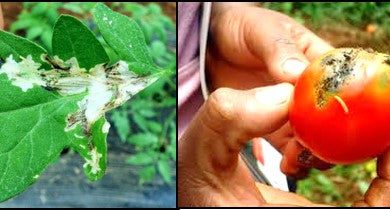How to Save Tomato Seeds: [Procedure and Duration]
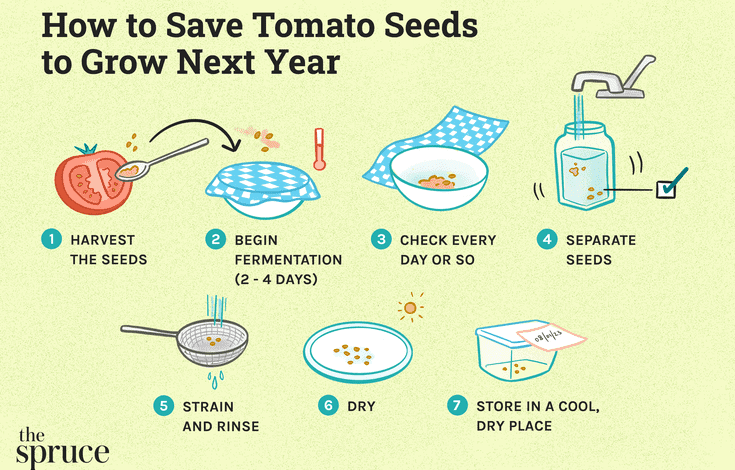
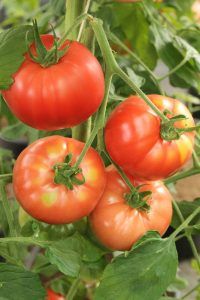 Preserving tomato seeds is a very valuable strategy to obtain new crops with similar characteristics.
Preserving tomato seeds is a very valuable strategy to obtain new crops with similar characteristics.
Although there are many alternatives on the market to buy excellent quality packaged seeds, it is worth learning this process for yourself.
It is a task that will take you little time for the great result that you will obtain. So if you want to know how to save tomato seeds to sow them in a few days or even for next year, here we will tell you.
Take notes of what interests you.
How are tomato seeds stored?
The first step, before moving on to saving tomato seeds as such, is to define what types of seeds to use. Here two factors play to make the decision.
The first is the type of plant. It is best to seek tomato seeds from a plant that is healthy, vigorous, and has produced a good crop.

The second point is the tomato itself, since it has to be very ripe, with soft pulp. After having selected the tomato (one only has enough seeds), it is time to follow the steps described below:
- Cut the tomato in half and with a spoon extract the internal part where the seeds are lodged. Here, of course, the gelatinous part that covers the seeds is also included. This part must be left because it works as a kind of antibacterial that will help your seeds to be freer from possible pathogenic damage.
- Fill a glass cup (or any other container but make it glass, not plastic) with room temperature water and submerge the seeds with their gelatinous coating there. These will have to be left to stand in the water for approximately 48 hours or until you notice a mold-like film forming on top of the seeds. Do not leave more time than necessary because the humidity will promote that they begin to germinate at once.
- Remove the seeds from the water and wash under the tap with the help of a strainer. Pass them several times to make sure you leave them very clean and thus avoid the formation of microorganisms that can affect them later.
- Submerge the already cleaned seeds in another container with water to verify which ones have the capacity to germinate and which ones do not. Damaged seeds will float, while healthy ones will sink. Discard the former and continue the process with the latter.
- Strain the seeds again and let them rest in the strainer until they are all dry from the moisture left by washing.
- Spread the seeds on a cloth or a layer of absorbent paper and leave them in a place free of moisture for several more days to dry completely.
Once this phase has been completed, the seeds will be ready to sow and germinate at the time you consider appropriate. You can even keep them to be used in later periods and get the most out of them.
How long can tomato seeds be kept?
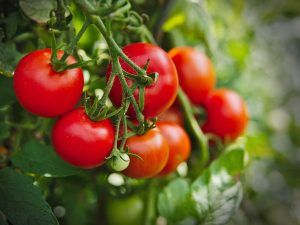 Tomato seeds can be collected to sow immediately and continue with an extension of the harvest.
Tomato seeds can be collected to sow immediately and continue with an extension of the harvest.
Although it is true that the ideal is not to exceed the year of waiting to put the seeds to germinate, they can be used for up to 4 years.
Keep in mind, however, that the more time that passes from the moment of harvest, the more difficult it will be for them to germinate. This is directly related to freshness, since it is decisive when the seed “starts” with its internal work.
How to save tomato seeds from one year to another?
Tomato seeds can be stored at the end of a harvest period to be used the following spring. To achieve this goal you will have to comply with all the steps described above and after having the seeds dry, store them in an airtight bag.
You may also store them in paper bags if that’s what you have available. They do not need to be refrigerated because they can remain at room temperature. Saving tomato seeds (or any other vegetable) is an ideal practice to ensure that you will have good harvests in the garden each season.
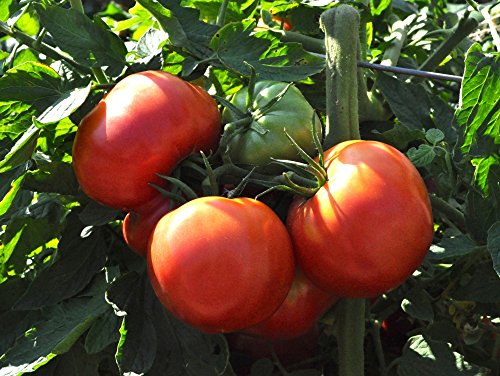
Although commercially sold seeds are essentially good, nothing better than selecting the seeds according to the quality of the fruit that you yourself have consumed. And, in this case, we have the advantage that the tomatoes that will grow from your new plant will be very similar to those from which you have extracted the seed.
Take note because you could expand your tomato species and enjoy 1, 2, 3 or more types each year depending on your preferences.
Bibliographic references
- Tomatoes, RL Villareal – 1982 – books.google.com
- Catalog of tomato seeds , F Nuez, MJ Diez, B Picó, PF de Córdova – 1996 – agris.fao.org
- Germination of tomato seeds ( Lycopersicon esculentum Mill.) cv Río Grande sown in plastic trays, using different substrates, C Fernández-Bravo, N Urdaneta, W Silva … – Journal of the Faculty…, 2006 – ve.scielo.org
- Morphological and physiological indicators of husk tomato seed deterioration, I Pérez – Camacho, ÓJ Ayala-Garay … – Agrociencia, 2008 – scielo.org.mx
- Effect of magnetic treatment of tomato seeds (Lycopersicon esculentum Mill) on germination and seedling growth, ADS Torres, EP León, RC Fernández – Invest. Agr.: Prod. Prot. Veg, 1999 – inia.es
Maybe you are also interested in:
- At what distance should tomatoes be planted?
- How often and how to water my tomatoes?
- How often and how to water my tomatoes?
- Why is my Tomato Plant not producing Fruit? [Causes and Solutions]
- [10 Fantastic Properties] of the Tomato: Did you know them?
- How to Fertilize Tomatoes: [Utility, Date, Products and Homemade Ways]
- How to Stake Tomatoes: [Utility, Installation and Procedure]
- Tomato Blooms
- List of the Main Tomato Pests and Diseases
- Tomato Plantation Setting: [Distance, Density, Land and Season]
- Prune Tomatoes: [When To Do It, Tools, Forms and Utility]
- Types of Tomatoes and the Most Cultivated Varieties: Complete Guide [breadcrumb]
- Kumato Tomato: [Planting, Care, Irrigation, Substrate and Pests]
- Transplanting Tomatoes: [How To Do It Step by Step]

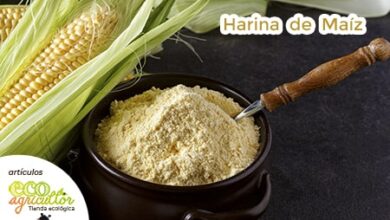

![Photo of 23 Resistant Outdoor Plants: [List, Characteristics and Care]](https://www.complete-gardening.com/wp-content/uploads/2022/08/23-resistant-outdoor-plants-list-characteristics-and-care-390x220.jpg)
